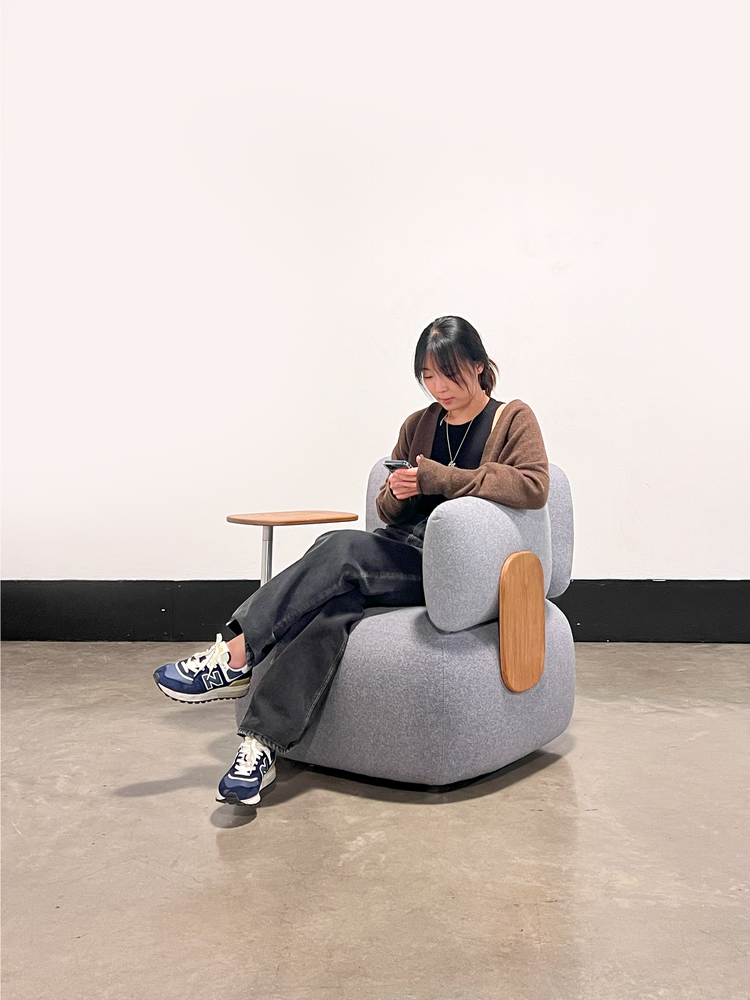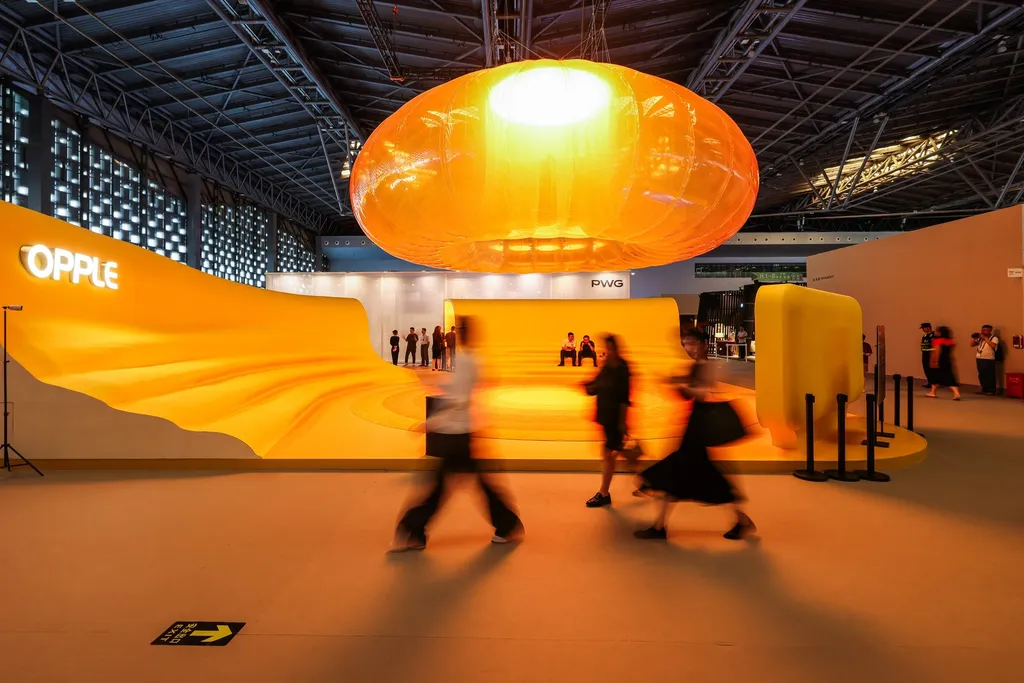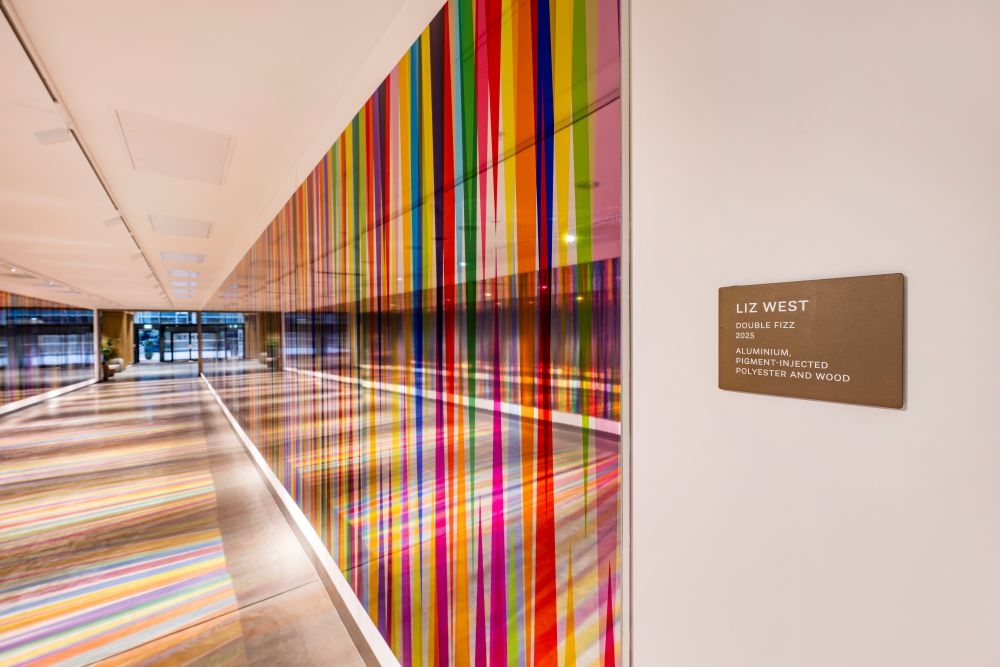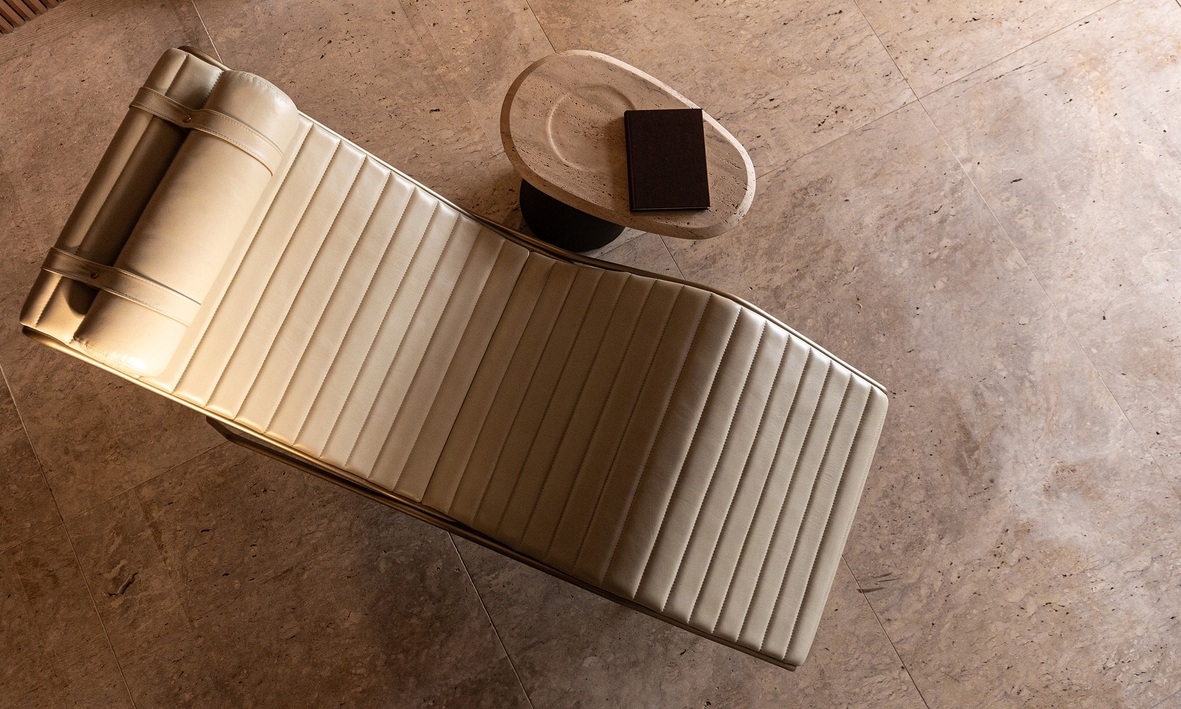Header: Courtesy of Jenna Jang
In the wake of the pandemic, our professional lives have undergone significant transformations, merging home and office environments into what many now refer to as the new hybrid normal. This shift has led to innovations in various fields, particularly in furniture design, as people seek pieces that can be integrated into both a home and an office setting. Among these innovations is Otto, designed by Jenna Jang, a student from the Art Center College of Design, a multifunctional chair of sorts that addresses the dual needs of modern workspaces and provides a touch of elegance and comfort to any space.
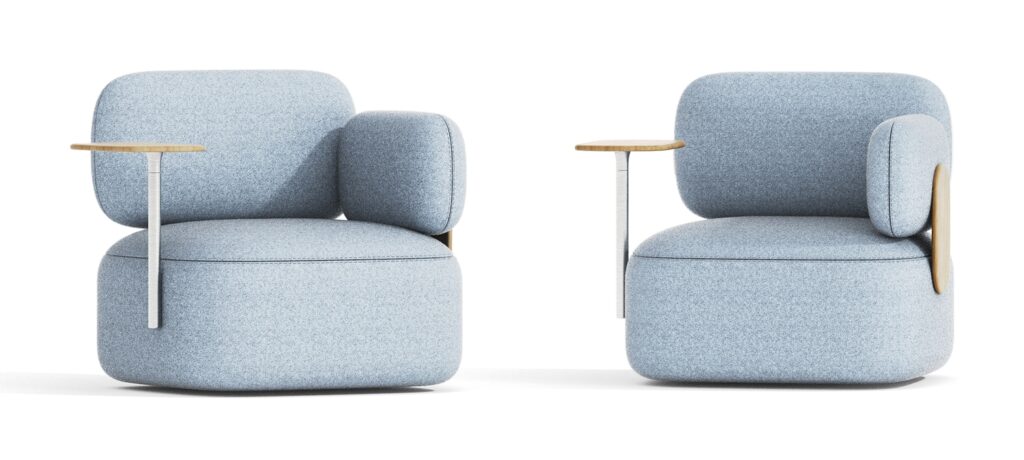
As people re-discover working from offices after staying home for so long, the need for furniture that can cater to both settings without compromising on style or functionality was given the spotlight. Otto, with its well-refined cushions and oak wood structure, is an answer to this need by offering a soft and aesthetically pleasing everyday seat perfect for any space, whether it’s a home-sweet-home or a corporate workspace.
Bringing Otto to life
Jenna Jang started the project by creating small-scale cardboard mock-ups, which allowed her to study proportions and experiment with different forms. Following this, Jang created a 3D-milled mock-up to further attain the precise form of Otto, the only thing missing was translating this into a concrete furniture piece.
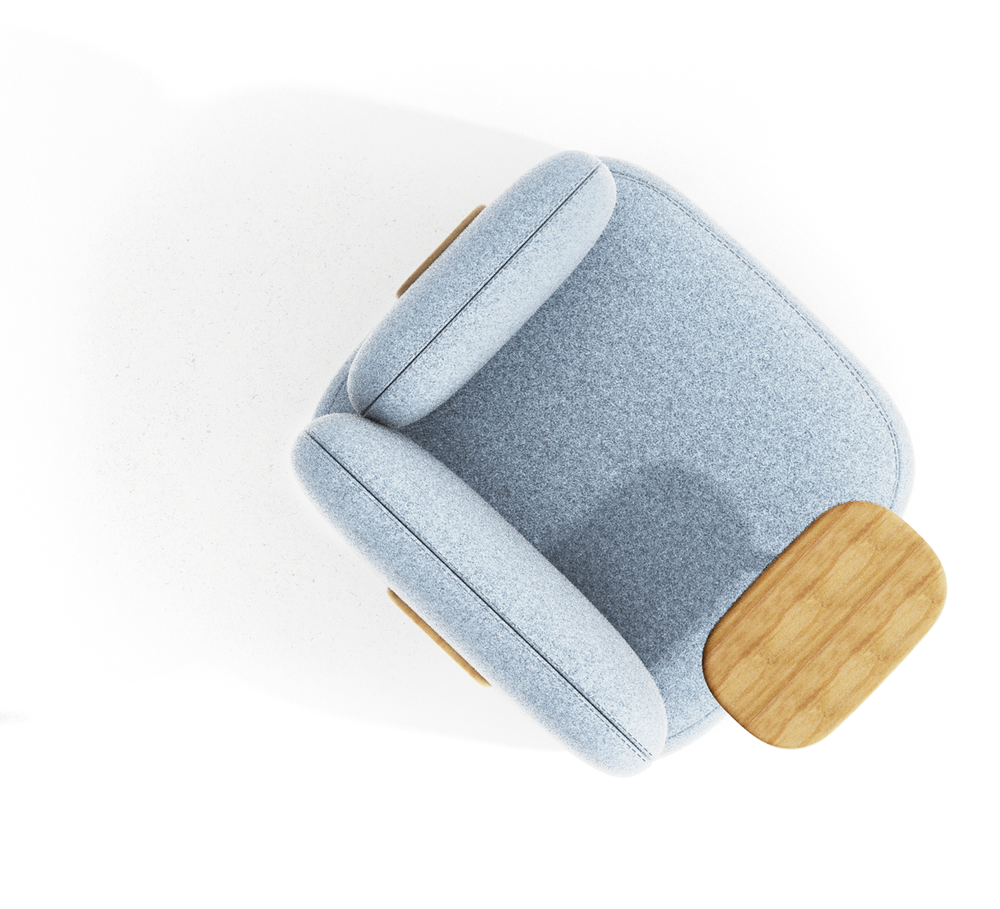
Jang took on the task of building the structural frames for Otto herself before working with an upholsterer to bring her vision to life. The use of oak wood, carefully sanded and dressed in varnish, adds a touch of natural warmth and a polished vibe, making Otto perfect for almost any interior design.
A good upholster was essential in achieving the right balance between comfort and durability, and the result managed to showcase the designer’s premium eye for quality. The bottom of the backrest is designed to bulge slightly, which provides additional comfort and support—a small yet significant detail.
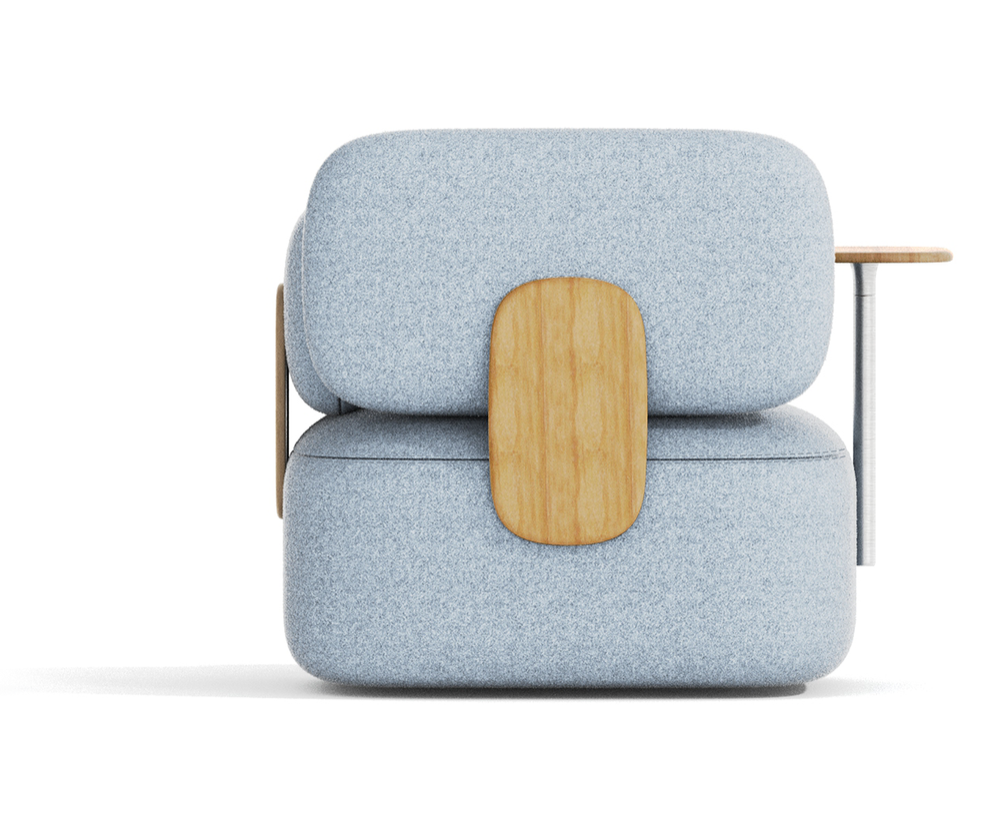
The unique pivoting table
One of Otto’s key features is its pivoting table, which can be adjusted according to the user’s needs. This table can accommodate work tools such as laptops or documents or be used as an armrest when not in active use, showing the designer’s understanding of what adaptability truly means. To support it, Jang opted for a straight metal rod instead of a flared one to cut costs without sacrificing functionality.

